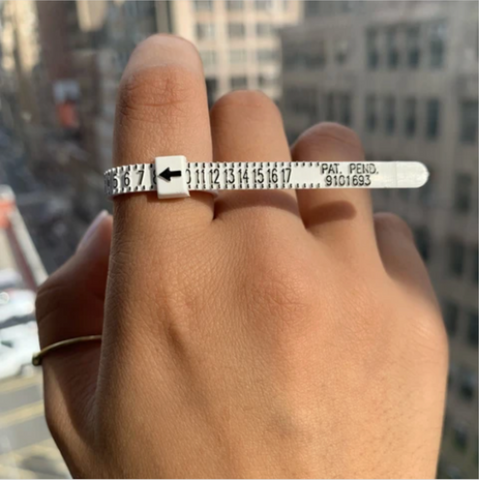Stepping into the world of 1 carat diamond rings opens up countless possibilities for those seeking the perfect balance of impact and value. These diamonds represent the quintessential choice for engagement rings worldwide, offering substantial presence without the steep premium of larger stones. To understand the key elements that drive their pricing, we've assembled this detailed guide to explain how much is a 1 carat diamond. Please note that all prices reflect the latest update of this article (spring 2025).
While we have a return policy to protect you in the event that you are not happy with our product, we cannot take responsibility for orders that are entered incorrectly. Please check your order details for the correct metal and finger size. Once your order is in production, change requests may be subjected to a fee. If you are requesting for a change after your order is completed, there will be a restocking fee equal to 25% of the cost of the setting. All custom commissions and eternity style rings are final sale and non-refundable.
Rings are adjustable by only 1.5 size (+/-) once it is made, and rings with an eternity design or stone settings are not resizable. Please ensure you have been sized by a professional jeweler before confirming your purchase.






